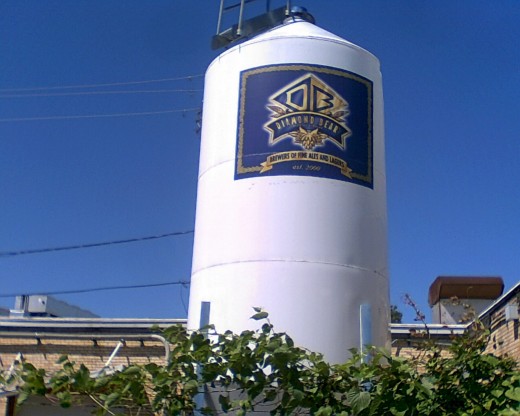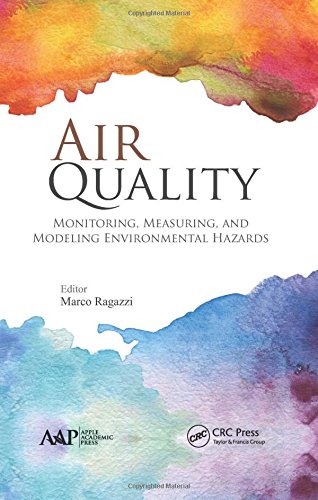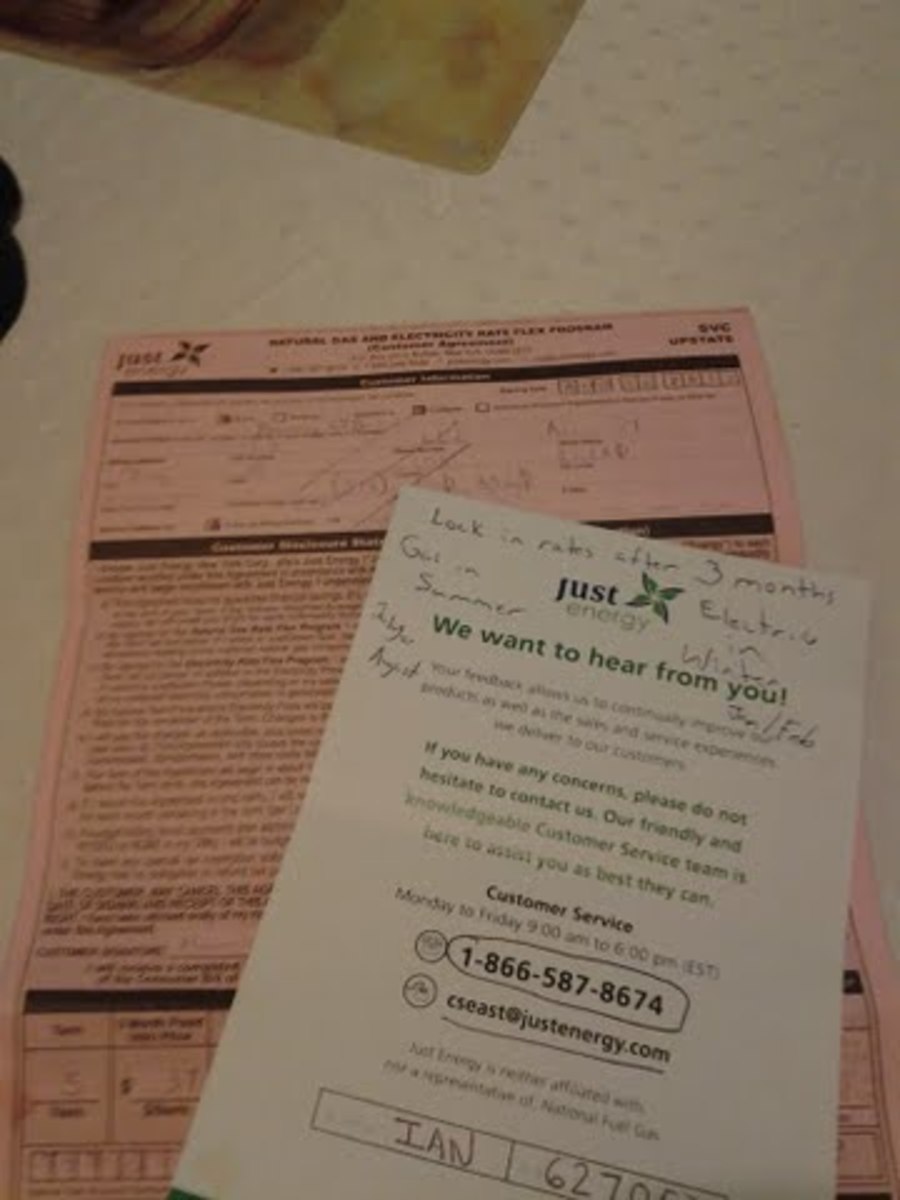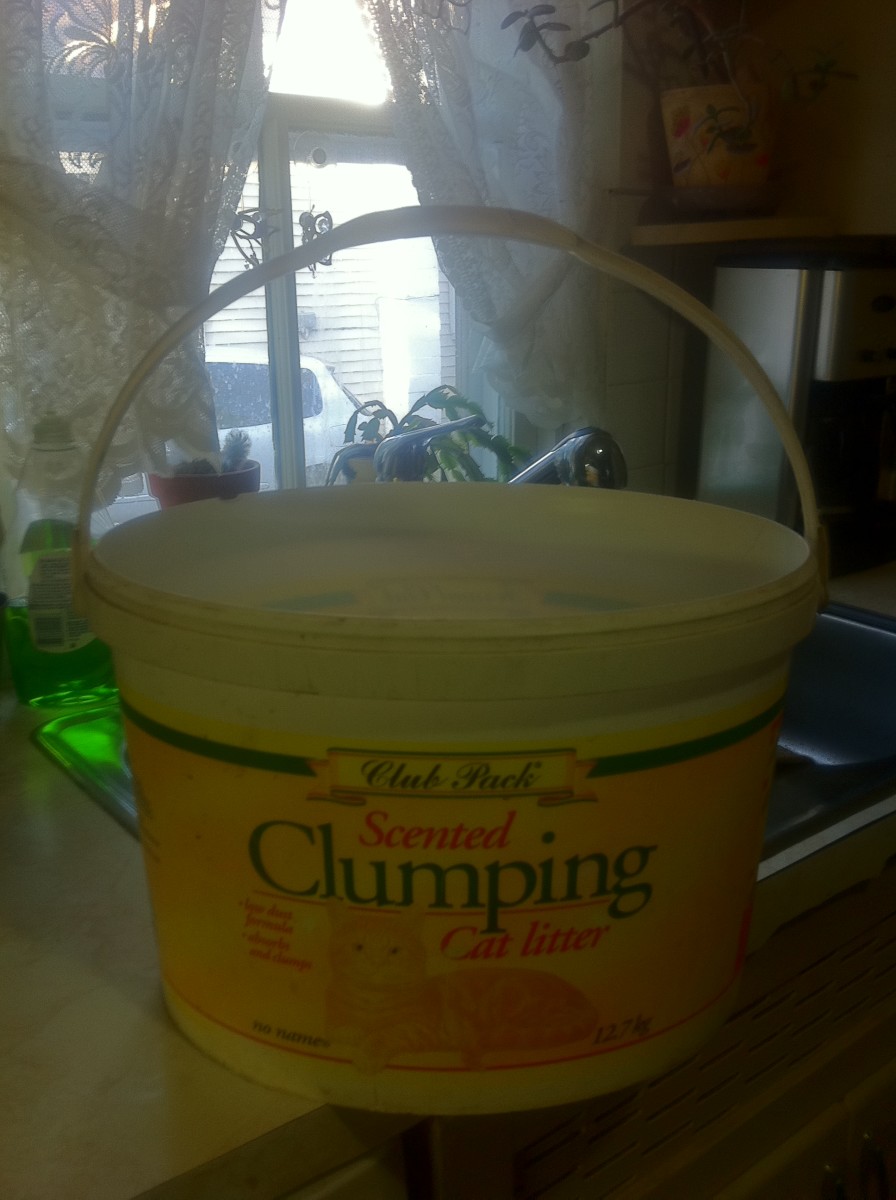Is That a Clean Smokestack?
April 20, 2012 Updated July 25, 2014
Is That Clean Smoke Comin' Out That Stack?
This article was inspired by a question. I am qualified to give a knowledgeable answer to this question. My formal training and experience is summarized below.
- Whitlow's Smoke School, 2 years, passing both parts
- EPA Air Regulations, Compliance and Monitoring training
- C.A.R.B. training.
- I worked in Industry, and one of my jobs was running months-long air testing and monitoring for Industry reports to monitoring agencies
- State department of Environmental Quality in Air Compliance and Enforcement
Stacks, Tanks, and Other Views of Industry Near Neighborhoods
Click thumbnail to view full-size



Christmas Eve 2008, TVA Coal Ash Holding Ponds Breeches Spilling Tons of Waste into Kingston, TN
- Earthenware Haven: EPA Delays 2009 Stand on Coal Ash Containment Regulations
I was so stunned as I listened to the reports from TN on the morning of Dec 24 2008. The only thing I could do was tell others how to make an impact on regulating this horribly dangerous method of dealing with waste from coal-fire plants
TVA Coal Ash Spill - Emory River TN, - YouTube
Clean Burning Coal is a Myth - Coal is Renewable, Every Few Million Years
- Clean burning coal is a myth. There is no such thing as "clean coal", when coal is burned. When heat or fire is put to fired coal, it is always dirty. Charcol is a good example of what happens when coal is fired.
- Coal Plants can be designed with optimum equipment, scrubbers, and filters for dealing with the particulate matters which are emitted into the air stream.
- There are many other chemicals which are a part of the waste, or waste by-product of fired coal.
- Coal is renewable, but only at a few million years at-a-time.
Now is the time to count the costs of dirty energy such as coal-fire plants.
- There is the cost of energy, and fuel uses during the process of coal extraction
- Consideration must be made for the waste products and waste by-products created from each stage of energy use and provision
- At the final stage of coal-fire energy, there is the coal or pot ash that is waste and must be stored in ever increasing ponds and pools containing millions of gallons of waste.
Who Knew Smoke School Could be Such a Hoot?
- Whitlow Enterprises LLC. - Home
Smoke School is interesting when taught by Whitlow...if you check this link, it starts out with an old ditty; "People say I'm no good, and crazy as a loon..." yes the song. It is tough to make reg compliance interesting, but they do
Smoke Stacks are in Idustrial Areas Near Historically Poor and a Less Educated Population.
Scrubbers and smokestacks are in areas where the citizenry has no concept of the dangers of the toxins and pollutants that will emit from these plants. If they are aware, they do not have the finances, nor political clout to keep these dangerous industries from their area.
The promised "jobs" and sudden prosperity are presented in such a way, that it would seem foolish to not want the new coal-fire plant, or papermill in their area.
These same industrial places are strategically found in under-regulated states. This is in North America.
Coal Plants are Fitted with Scrubbers and Filters
Coal fire plants are fitted with scrubbers and / or filters that are designed to remove the particulate matter that comes out of the smoke stacks or towers of their industrial set-up.
The efficency of the filters, scrubbers, monitoring devices, and monitoring agencies, make the difference on whether or not the plant is effective in removing a greater amount of particulates.
Particulate matter are small pieces of carbon, nitrous oxide, zinc, etc that are emitted from the chimney or smoke stacks of a plant.
Most people have seen a campfire, chimney, woodstove, house fire or have smoke stacks visible within a days journey. Most everyone has witnessed particulate matter escaping from a fire, chimney or smoke stack. The average person doesn't realize they are witnessing pieces of what is being burned escaping within the smoke.
When watching a camp fire it is easy to see what particulate matter is. It is that giant ash, that has launced itself into a draft or airstream. It is what is observed after a loud "pop" and sparks fly...that is particulate matter.
The chances of a camper breathing in a 1/4" or .7mm chunck of wood are pretty low, but if you have spent a long time around a campfire, or passed out next to one, you will notice in the morning when you wake up, your lungs are sore. If your human "scrubber system" is healthy, you will expel a lot of black stuff with snot and saliva.
What happened is you breathed in particulate matter that was smaller than 1mm, or maybe a bit larger, certainly a lot smaller. Some of what you breathed will not be black, or visible. Some of what was inhaled were the chemicals that occurred from when fire and wood combusted.
Science Knowledge Has Progressed Re; Industrial Pollution.
In the 1970's when the EPA was formed. It was created because of the outcry of the public. Before the inception of the (E.P.A.) Environmental Protection Agency, there was no regulations on industry, and no guidelines or rules for how they were to handle their toxic waste.
Listening to the continual hype being saturated through the media today, it is laughable at the lies being spread by industry and politicians regarding how regulations hurt business.
Left to their own devices, historically it is well documented that they will operate as dirty as possible.
The coal industry screams about the expense and cost of creating "clean coal technology", when on this page, I have priced a couple of industrial scrubbers from e-bay.
Considering the cost of human health and life vs. profit, there is room and money for safety and the best technology available to make emissions come cleaner.
In the early days of measuring the health affect of pollutants on human health, it was thought that the larger particulate matter was the most dangerous. They now understand the smaller the particulate, the easier it is to invade the human body.
US EPA PM Standards I Particulate Matter I Air & Radiation
PM = Particulate Matter
When the links between human health and industrial pollution began to be measured, it was assumed that the blackest smoke, and the larger particulates were the most dangerous. For workers at these industries it certainly was. Diseases such as black lung, emphesyma, and asthma plauged not only the workers, but family and friends who came into contact with some of the industrials waste by-products emitted from the workers.
During these early days, it was thought if an air scrubber could get the big stuff, and air was mostly, or slightly clear coming from the stacks, then it would not be harmful or as fatal to humans.
Increases in science and the ability to look into DNA strands made scientists, physicians and those who care about human life realized that even the tiniest particulates could be deadly. There are some toxins emitted by paper plants, that if you cannot smell it, you are already dead.
In 2006, air regulators began requiring industries to retro-fit old smoke stacks and scrubbers, because of the late realization that chemical sized particulates can be as deadly as large particulate matter.
Air Compliance Regulations by the EPA are not in place to harm industry, but to protect human health and life
- Air Resources Board - Homepage
carb,california air resources board,jobs,employment opportunities,personnel,air pollution,smoke management,mtbe,gasoline,diesel,air quality management,air quality data, air quality laws, statutes and regulations,arb,vehicle pollution, stationary sour - Black Carbon Report to Congress | EPA Advisory Council on Clean Air Compliance Analysis (COUNCIL) |
Black Carbon Report to Congress this is a report on coal burning, and the need for clean coal technology. The pressure of Industry and an industry paid for congress is the danger to human health - Application Error | NSCEP | US EPA
This is a downloadable document available to the public, regarding Air Compliance in North America, via EPA
SourceWatch Find Existing Coal Plants By State
Manuals on air pollution modeling and monitoring
I am Not Against Progress, or Industry
In reading this article, one may jump to the conclusion that I am against industry, and think we should just dry up in our power-less world. This is not true. I am for green technology, looking to cleanest and truly renewable solutions. They are there and easy to implement, but greedy big business and congress cannot get filthy rich from it, so it languishes.
Do not just take my word for this information. Please find out for yourself, and use multiple resources, and find out where your resources got their information from.
If you did find this interesting, or were able to learn of resources you did not know exist, please vote up and let me know.
Knowledge is priceless.











